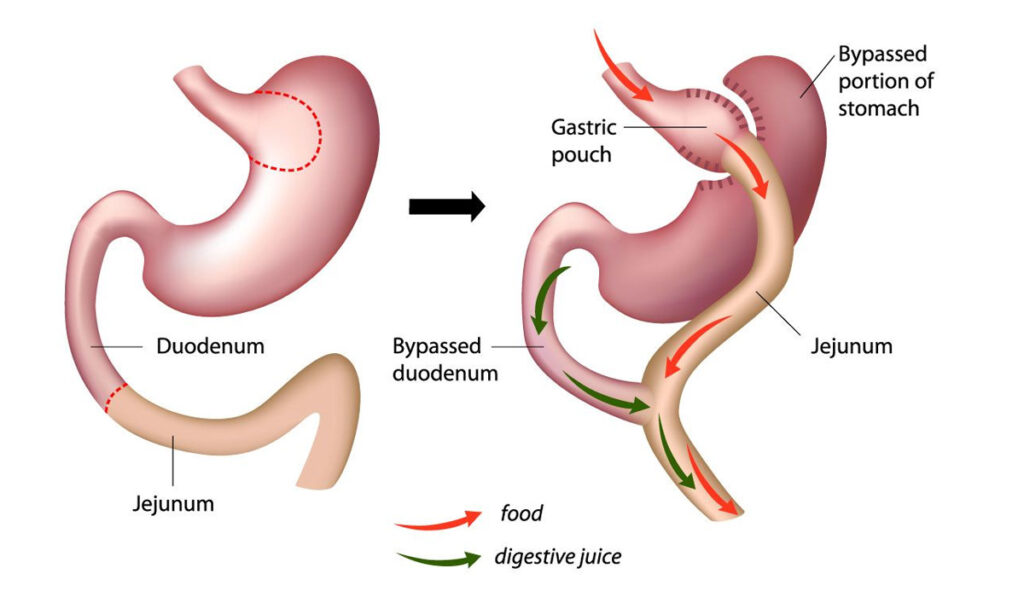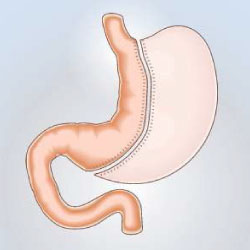Understanding Male Breast Reduction Surgery

Male breast reduction surgery, or gynecomastia surgery, is an increasingly popular procedure for men seeking a more sculpted and masculine chest. Gynecomastia, a condition where male breast tissue enlarges, affects men of all ages. Causes include hormonal imbalances, genetics, weight fluctuations, and even certain medications, often leading to discomfort, self-consciousness, or physical limitations. By reducing excess fat, glandular tissue, and sometimes skin, male breast reduction surgery offers a solution that can improve self-esteem and quality of life. For those considering this procedure, understanding its details is essential. Male breast reduction surgery in Dubai (جراحة تصغير الثدي عند الذكور في دبي) aims to restore a natural, masculine chest contour effectively.
What Causes Gynecomastia?
Gynecomastia is often due to hormonal imbalances, primarily an increase in estrogen or a decrease in testosterone. Such imbalances can occur naturally during different life stages, such as puberty or aging. Certain health conditions, medications, and lifestyle factors also play a role. A buildup of fat in the chest area, sometimes called pseudogynecomastia, can mimic gynecomastia but may be better addressed through lifestyle changes. However, true gynecomastia involves excess glandular tissue and may require surgical intervention for lasting results.
Who is a Candidate for Male Breast Reduction Surgery?
Male breast reduction surgery suits men with realistic expectations, stable physical health, and no underlying conditions causing breast enlargement. Candidates typically include those who have tried lifestyle changes but still struggle with excess chest tissue or those who experience discomfort or emotional distress due to gynecomastia. It’s also beneficial if candidates have relatively stable body weight, as weight fluctuations can affect the results of the surgery.
How is Male Breast Reduction Surgery Performed?
The surgery involves liposuction, excision, or both, depending on the patient’s condition. Liposuction is used to remove excess fat through small incisions, while excision is more invasive and removes glandular tissue and skin. In some cases, the surgeon may reposition the nipple to achieve a natural appearance. The procedure typically lasts one to two hours and is performed under general anesthesia. The techniques are customized to each patient, ensuring optimal results and minimal scarring.
Recovery and Post-Operative Care:
Recovery times vary, but patients can expect to resume light activities within a week and return to regular exercise after about a month. Pain, swelling, and bruising are normal and can be managed with prescribed medication. Wearing a compression garment during recovery helps minimize swelling and supports the chest as it heals. Following post-operative care instructions is crucial to ensuring a smooth recovery and the best possible results from male breast reduction surgery.
Potential Risks and Side Effects:
Like any surgical procedure, male breast reduction surgery carries risks. These include bleeding, infection, scarring, and potential asymmetry. Temporary side effects like numbness or changes in nipple sensitivity are common but usually resolve over time. Selecting an experienced surgeon and carefully following recovery instructions can significantly reduce the likelihood of complications and help achieve optimal, lasting results.
Results and Long-Term Outlook:
Most patients experience a noticeable improvement in chest contour immediately after surgery, though final results may take several months as swelling subsides. For many, the surgery provides long-lasting results, especially when combined with a healthy lifestyle. Male breast reduction surgery can lead to a significant confidence boost, allowing patients to feel more comfortable in fitted clothing and in situations where they might otherwise feel self-conscious.
Financial Considerations:
The cost of male breast reduction surgery varies depending on factors such as the surgeon’s expertise, location, and the complexity of the procedure. While the surgery is generally not covered by insurance, some patients may qualify if their condition causes physical discomfort or health issues. It’s essential to consult with a financial advisor or the surgical center about payment options and to understand all associated costs fully.
Conclusion:
In conclusion, male breast reduction surgery provides a transformative option for those dealing with gynecomastia, allowing for a more defined and confident appearance.
Note: IndiBlogHub features both user-submitted and editorial content. We do not verify third-party contributions. Read our Disclaimer and Privacy Policyfor details.







